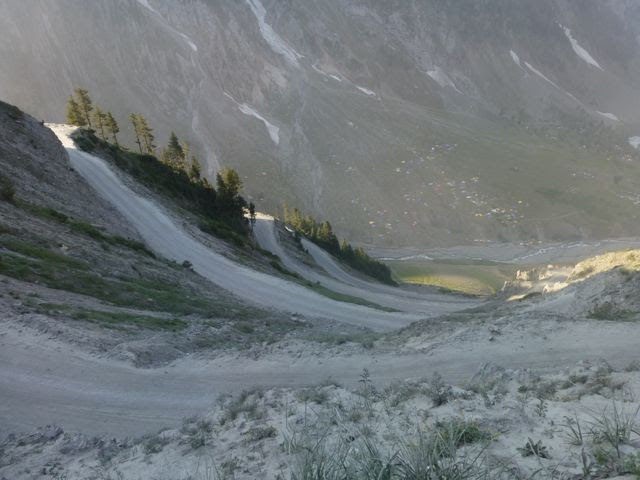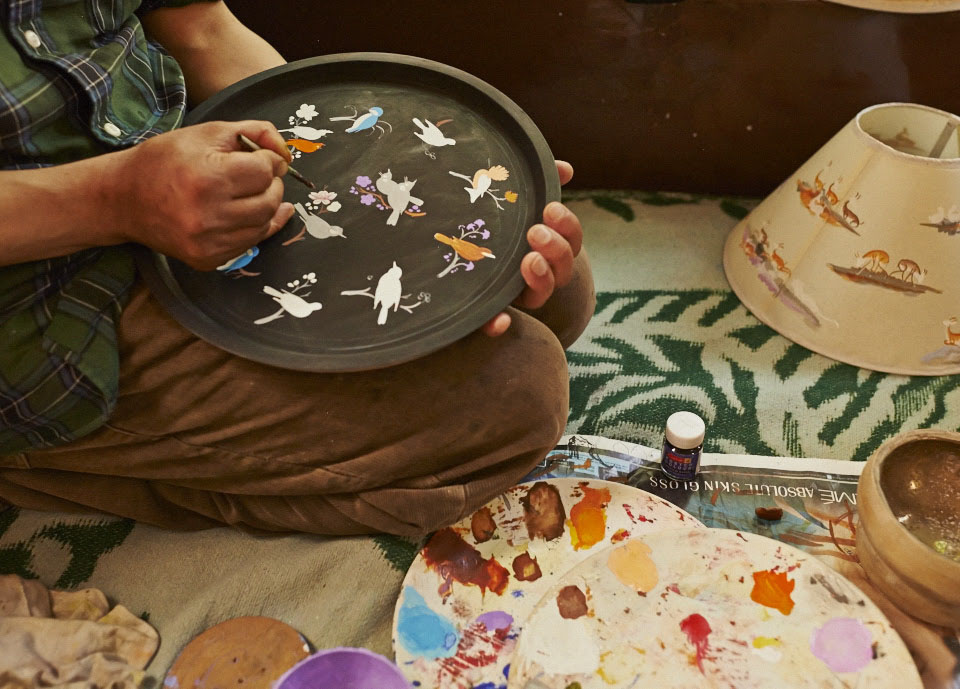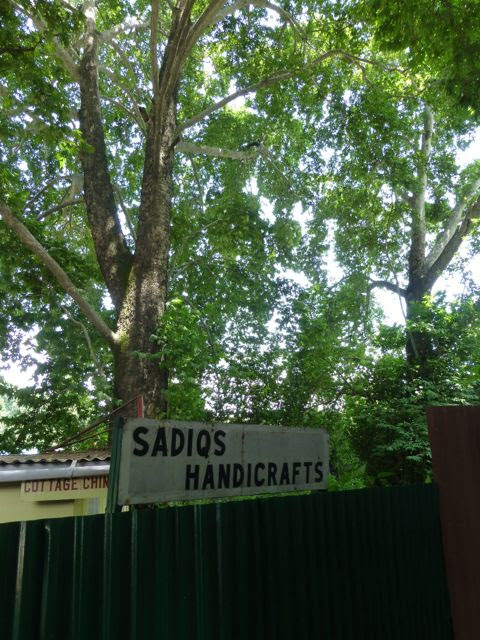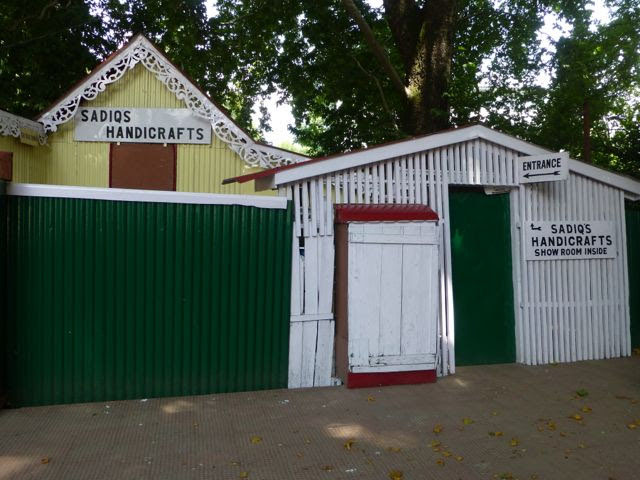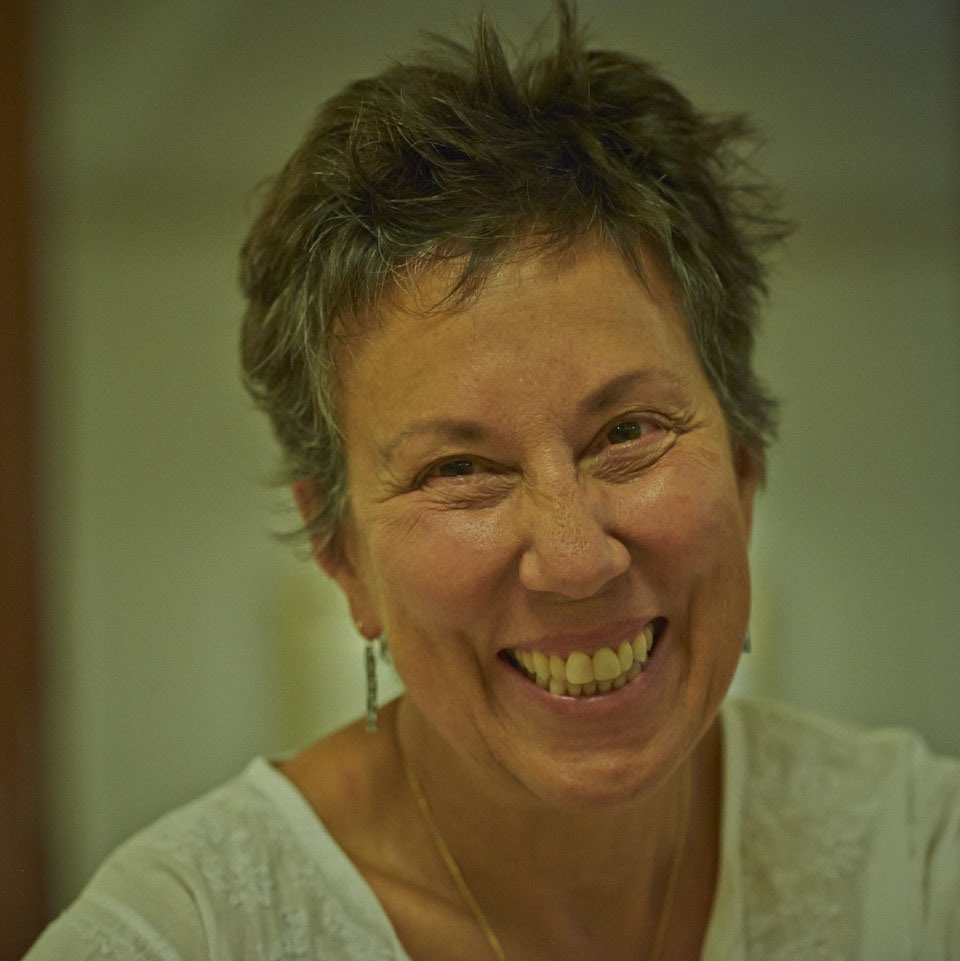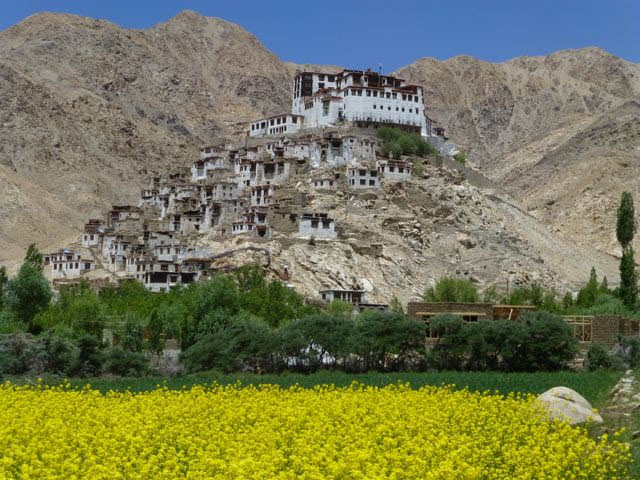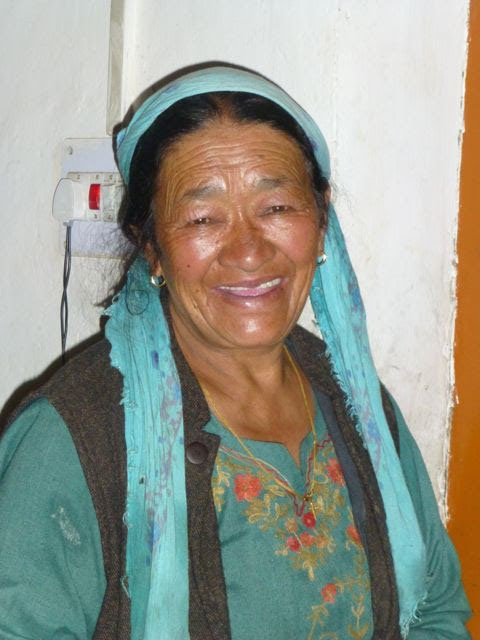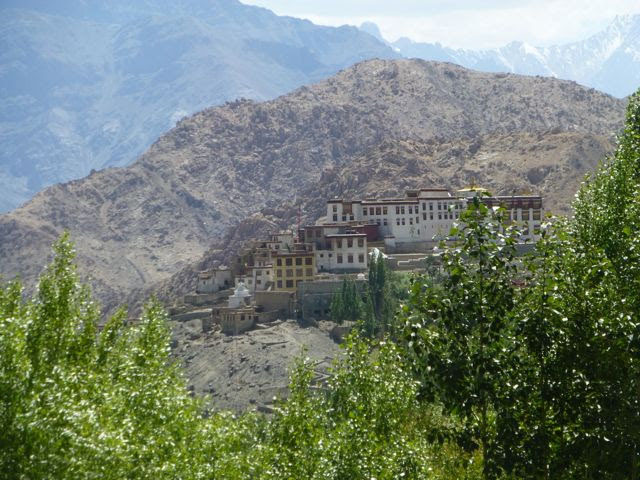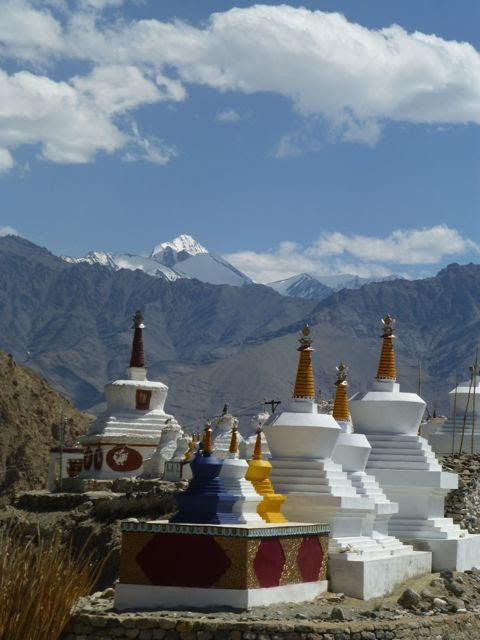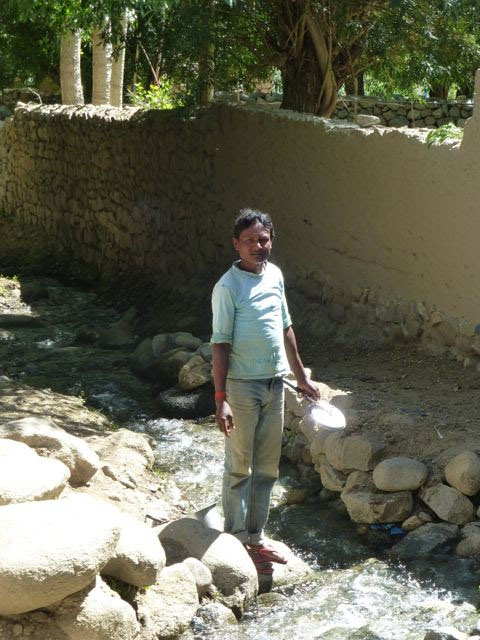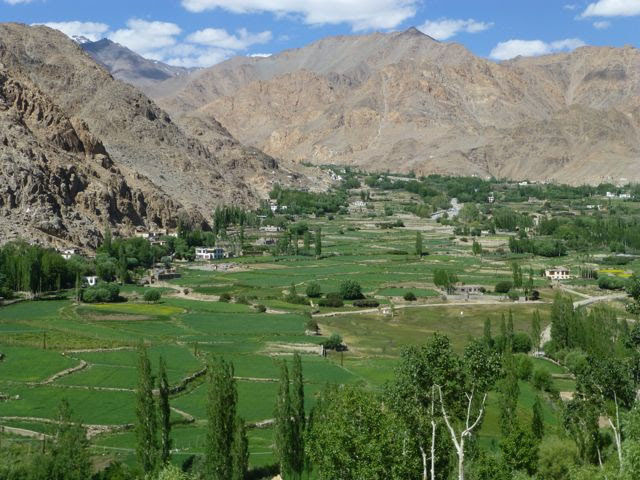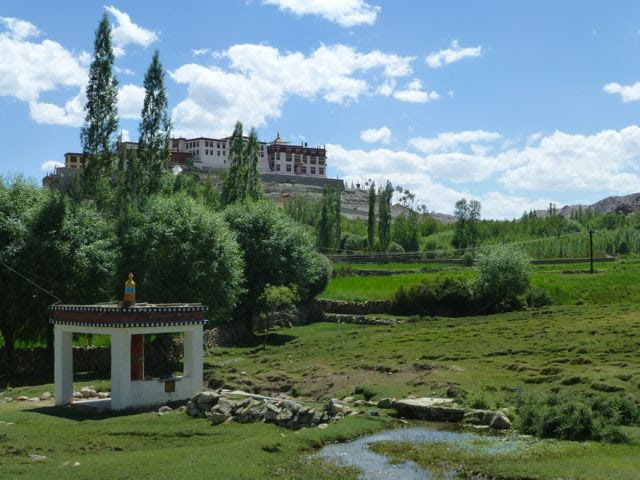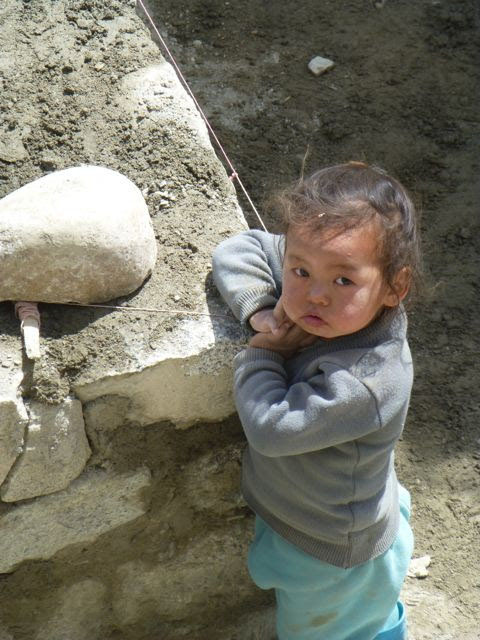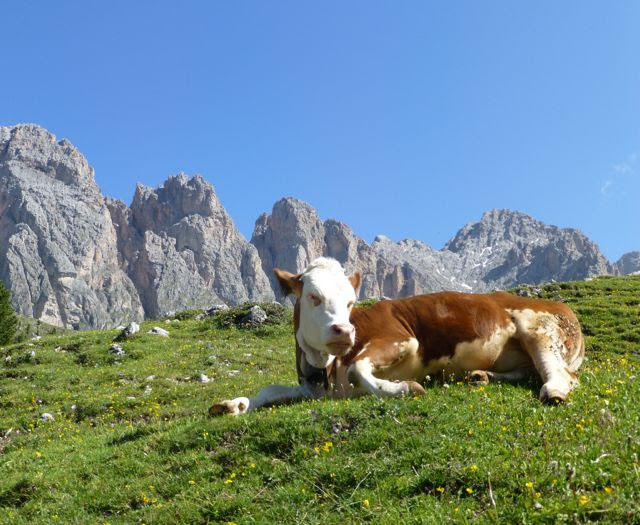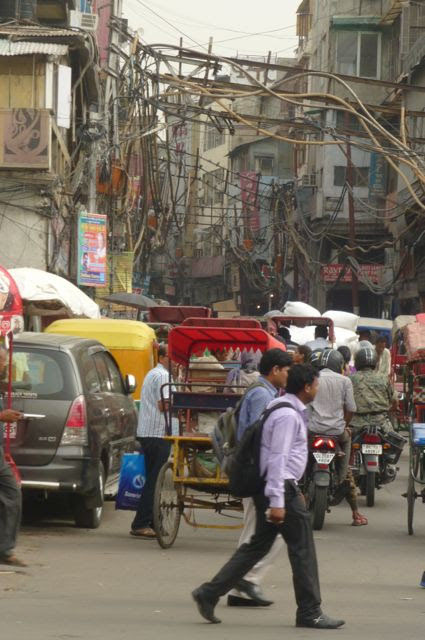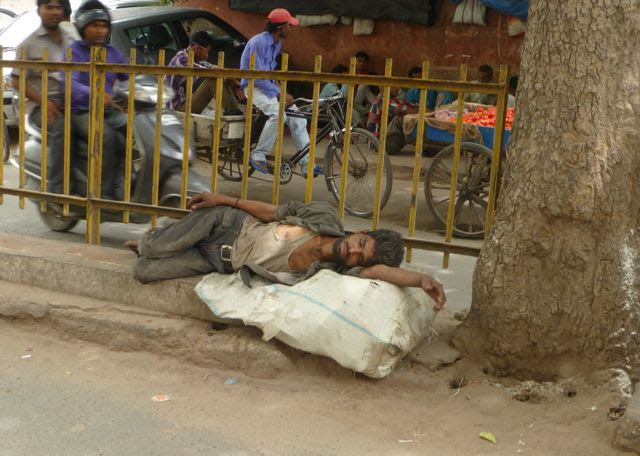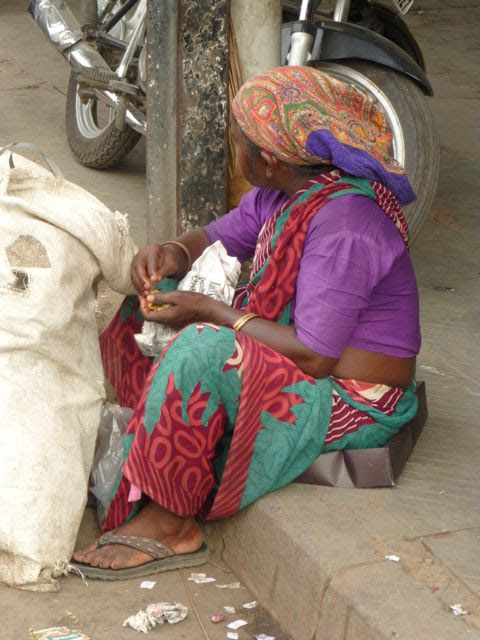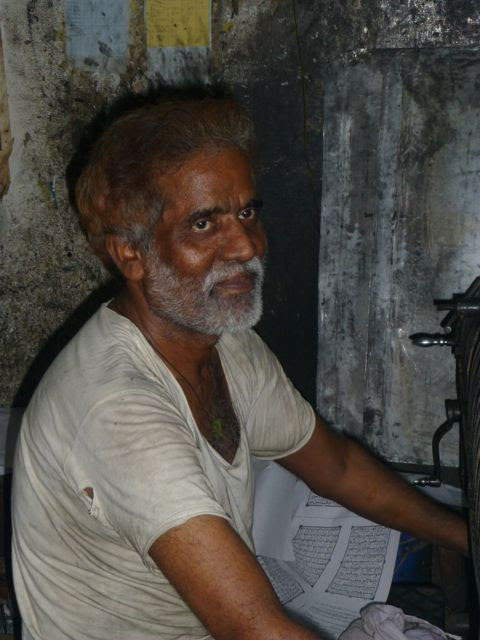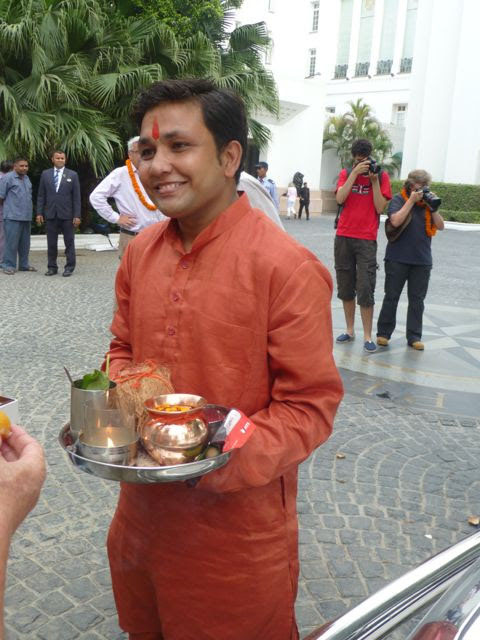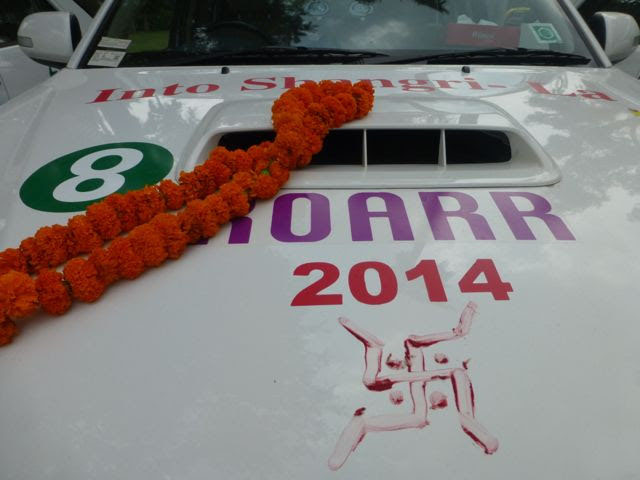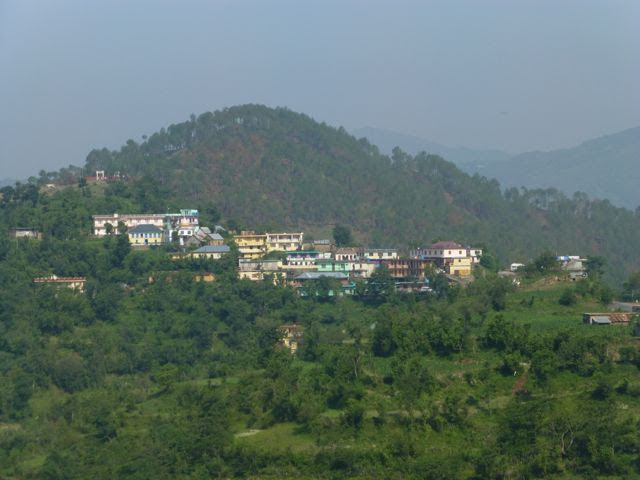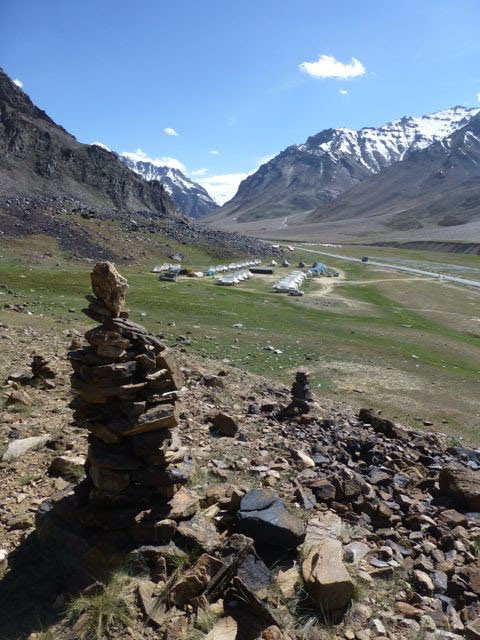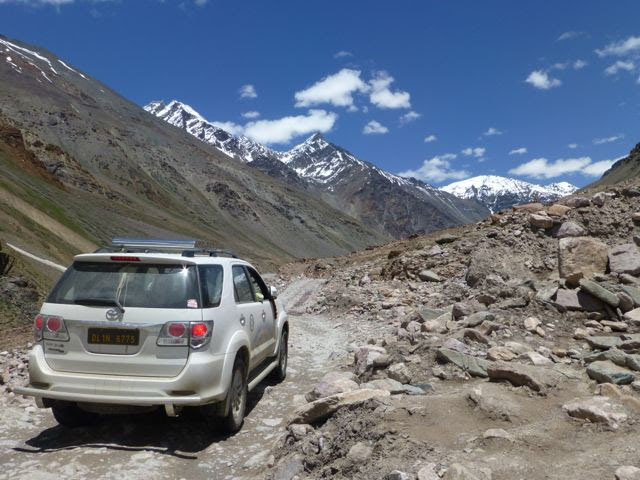Pits and Heights
I am reminded of a line in the movie Good Morning Vietnam. Adrian Cronauer, the DJ, asks a soldier in the artillery what he’d like to hear on the radio. The soldier, who’s been manning the big guns, shouts “Anything. Just play it loud!!!”
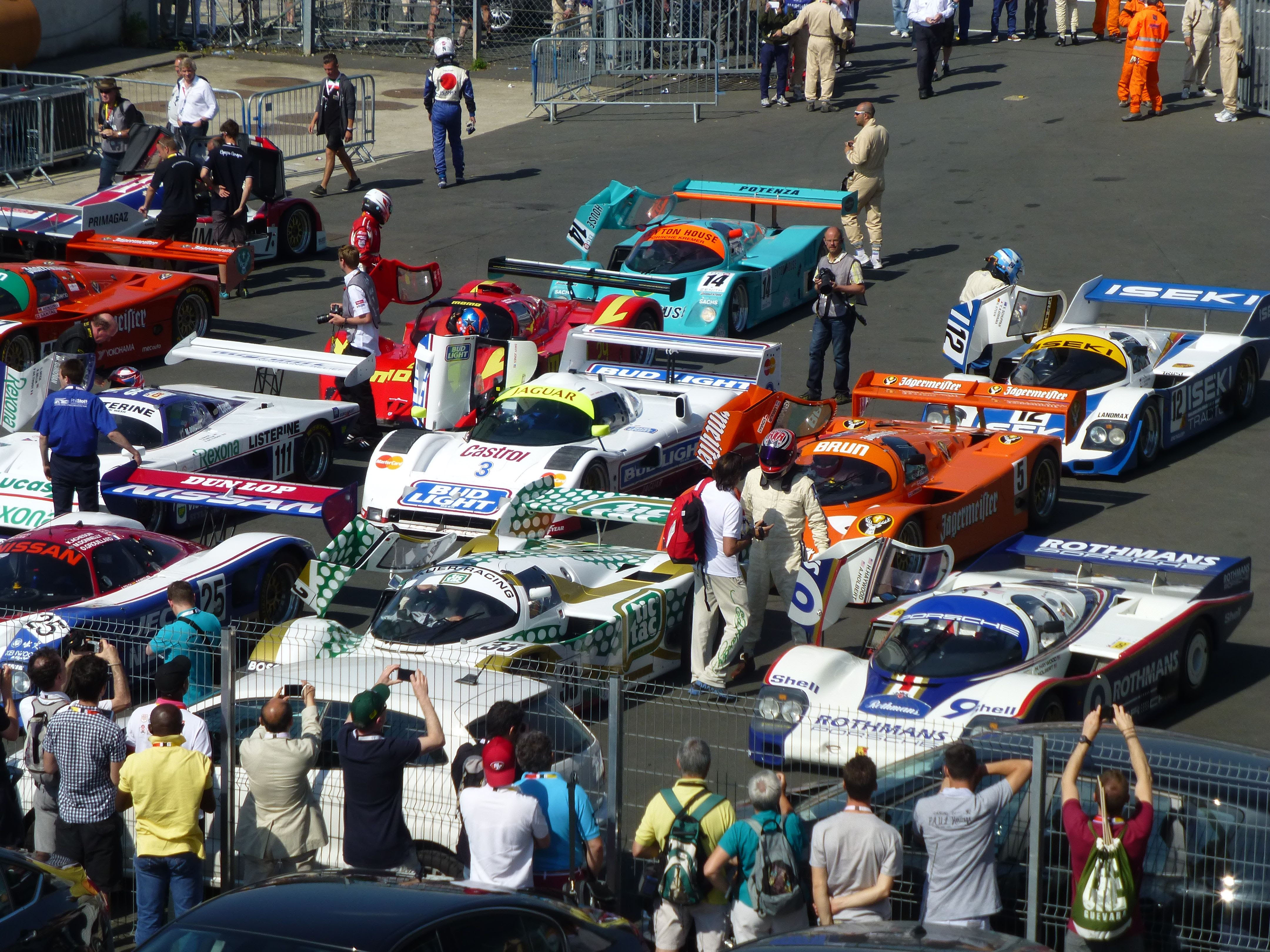
THAT’S HOW I FELT AFTER STANDING 10 YARDS FROM THE LEMANS TRACK for 15 of the 24 hours that the cars were racing. The engine noise was loud enough and the hours long enough that I did once or twice feel I might not be able to bear it. But only briefly, because really, it was so fantastically exciting being surrounded by “Son of Batmobile” vehicles.
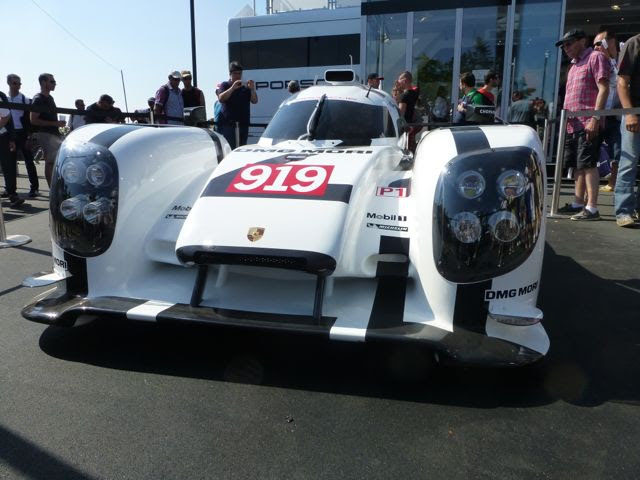
OK, seeing the same cars going round and round was not, in and of itself, fascinating. But the Ferris wheel at the midway and the fast food stand next to it were compelling. Why? Because zey were Francais!! And let’s not ignore the lovely white hospitality tent filled with gentille hospitality servers who brought us champagne and tasty morsels.
Outside were 250,000 jolly fans, their tents and cars manning hard fought beachheads on any swatch of grass, gravel or tarmac within miles of the track. While we were inside sipping they were outside slugging beers, getting sunburned and waxing infinitely car happy.
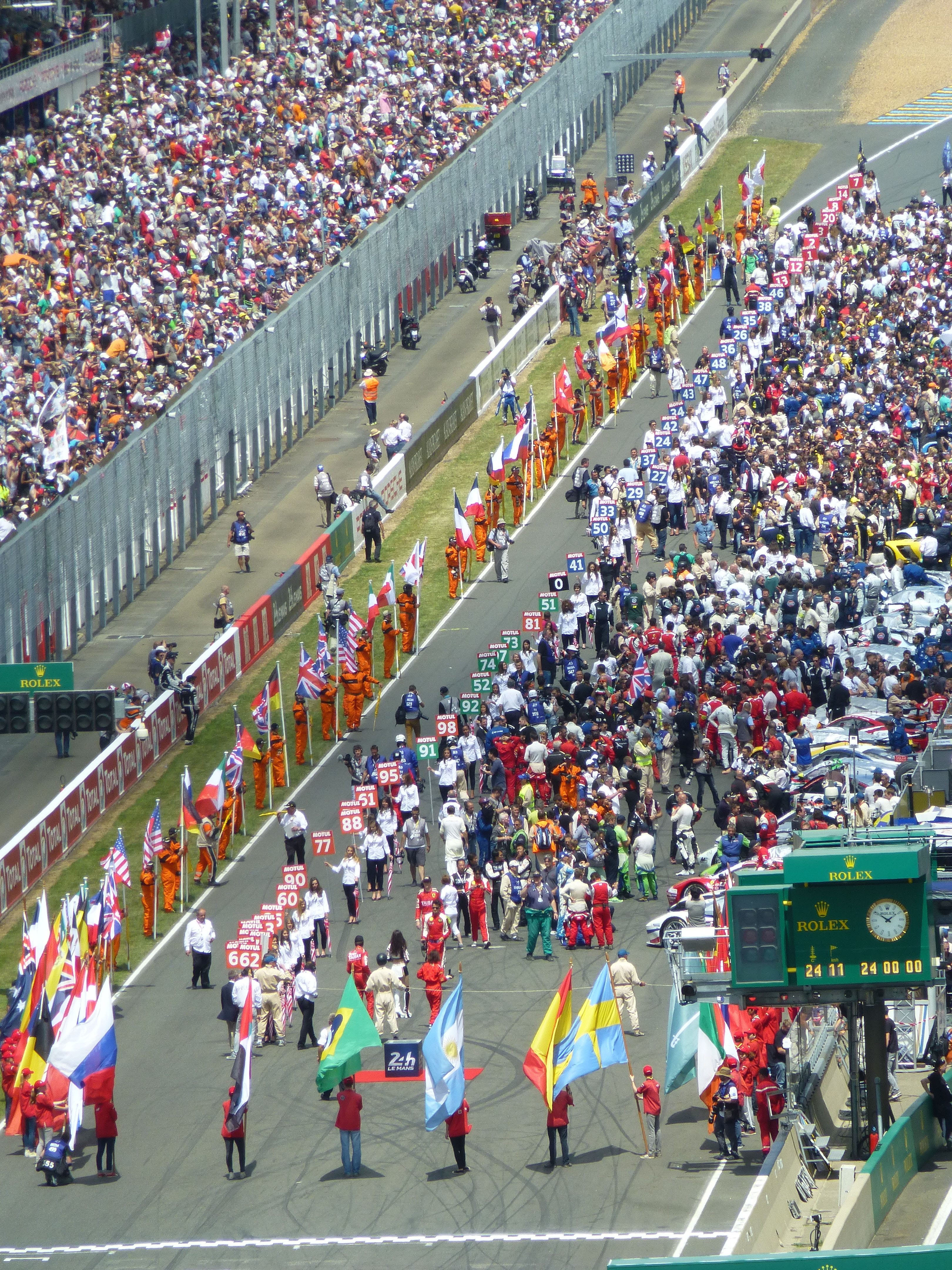
And yes, the cars themselves were a huge draw, starting out in a compact mass and over the hours, spreading out according to their speed, so that a car would whiz by every few seconds. Ears firmly plugged I gave in, letting the wail and moan of those high-powered engines shiver through my body as they screamed around tight corners and accelerated down the straight away with a roar.
During an afternoon shower we stood with the crowds at a tight corner as one million-dollar car after another skidded on the slick course, spinning like slow-motion bumper cars. And we hung out at the Oak Racing pit, where we witnessed some tense moments as a decision had to be made on whether to bring their car in for a major repair.
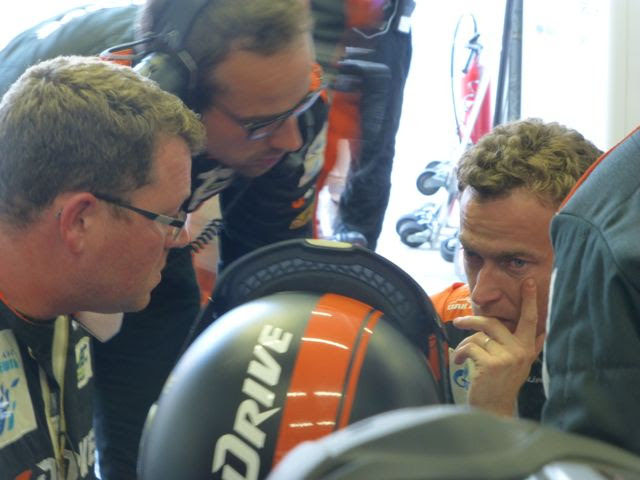
When you’re listening to engines for hours you can’t help but pick favorites. For me hands down it was Aston Martin, which sounds like Marlene Dietrich, all low and throaty. Second choice: Corvette. Go, Chevy!!! Porsche’s engine sounded OK, but Ferraris, well, fuggedaboudit!!!
I don’t fancy myself a car fan, but I easily identified the black Porsche run by Patrick Dempsey’s team. I definitely saw him, too, though how I know this when all three drivers on his team wore identical black helmets is a good question.
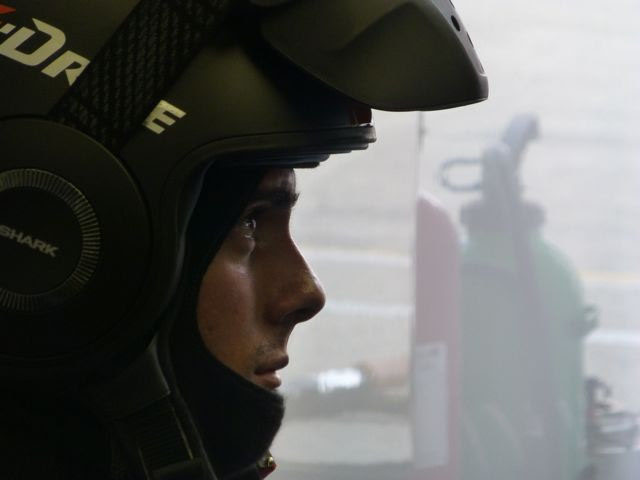
After LeMans, Bernard and I split up, but not in a bad way. He headed to Paris for a few days with family, while I made my way to Vienna where I was welcomed by long time friends Heinz and Heidi. My last visit there was in the winter, when mainly I searched for places where I could be indoors. This time I got to experience the full graciousness of this lovely city, with its wide parks, bridle paths and ample bikeways.

We bicycled along the Danube, applauded the well-behaved dogs in evidence at many restaurants, indulged in far too much food and wine at a wine garden on the outskirts of the city, and ate fresh Matjes herring at that icon of fine deli foods, Julius Meinl. You see, it is the start of the season when herrings are at their mild and freshest best. I had herring in curry sauce, herring in wine sauce and shiny silvery herring filets naked as the day they were born.

We also attended a superb piano recital at the Musikveriein. Heinz and Heidi secured us seats on the stage, though thankfully not at the piano itself. I can tell you that sitting on stage is one way to ensure that you don’t doze off despite one too many petit fours during intermission. It’s also the perfect spot from which to spy on those who have dozed off. The Musikverein, though located in a city which has a round little chocolate called a Mozart ball, is not Mozartian in origin. It’s a 19th century hall with an inordinate amount of gold gilt, velvet and ceiling paintings. Enough to make even a pope blush.
Then it was on to the Dolomites, via a short flight into Verona where, joy of joys, we were reunited with Brunhilde, last seen on New Year’s Day 2013!!! When a car has driven up and down the Andes, followed by 9,000 miles from Istanbul to Calcutta and months in southern Europe, you expect to see a fluff or two of dust in a nook or cranny. But Brunhilde’s sojourn in the hands of an Italian Bentley dealer had done her nothing but good. Not only was she spotless, her air conditioning worked.
After a near brush with an empty gas tank on the autostrada–please don’t ask me how this could happen—we were able to complete our drive to Val Gardena and my date with some calorie-burning hikes.

The Dolomites have satisfied all my requirements for a perfect Alpine week. I’m happy to share them with you:
1. bottomless helpings of prosciutto (no photo here, cuz I ate it all…..several times)
2. curious and mild cows perfuming the air

3. voluptuous green slopes peppered with brilliant wildflowers,
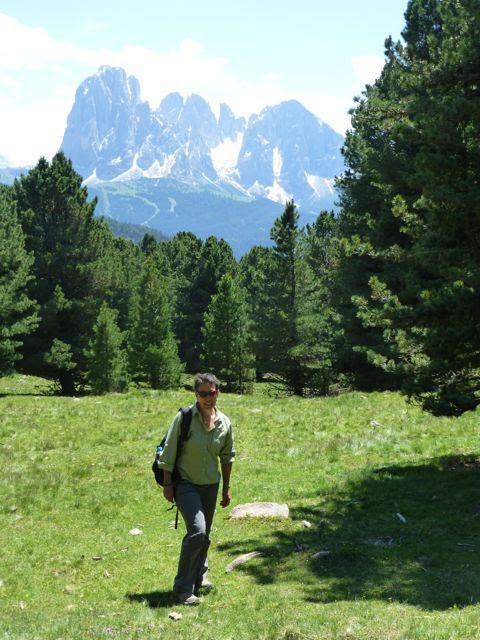
and
4. rifuggios spaced at a polite hour and a half walk one from the next, the better to allow me to admire the stunning scenery while nursing a plate of apple strudel.
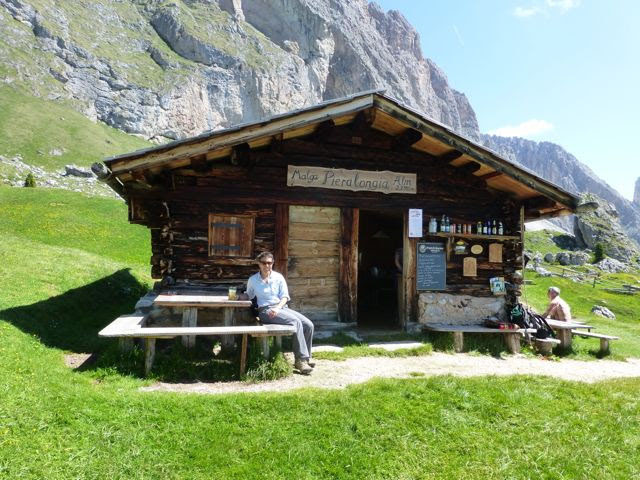
While I hiked, Bernard did what Bernard does: he took to the air. His flight from the heights was magnifique, he says, including the long skidding landing in a low pasture. After I watched the video I understood why I found gentian and buttercups in his back pocket!
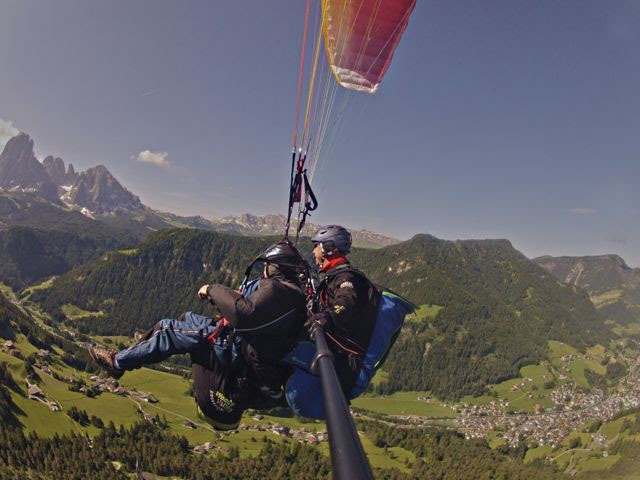
Our time here has not all been about happy hiking. We spent one infernally rainy day deep inside a near-vertical, kilometer-long tunnel blasted through the cliffs above Passo Falzarego,

which served as a military stronghold during the devastating and tragic battles between Austrian and Italian troops from 1914-17.

This period of World War 1 resulted in a Sud Tirol which changed from Austrian to Italian hands, and is a reason why apple strudel and prosciutto co-exist here.
When we stumbled upon Sud Tirol two years ago, both of us were intrigued by the difficulties of the fighting that took place within the Dolomites’ limestone cliffs. And I must say we also were both ashamed not to know anything about it. We vowed then that we’d return to get more hands on with that history and we have.
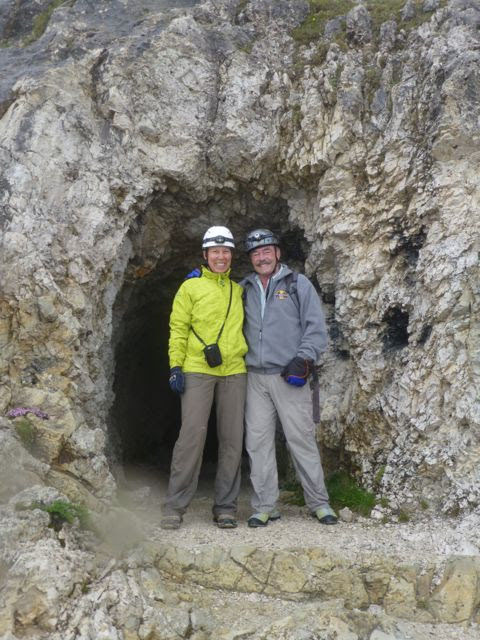
Aahhh, but what would life be if I were just fit, skinny and well-informed. Surely there was something missing. And then it hit me. Cooking!!! Though I do pride myself on my cooking there was something about our hotel that drew me in. What could it be? Their 2-star Michelin restaurant? Perhaps their chef would know a thing or two I didn’t?
I could have picked any dish for my cooking lesson, something with long, unpronounceable strings of syllables, applying techniques requiring abstruse gadgetry, deconstructing a pages-long recipe and involving ingredients normally found in a chem lab. What I came up with: potato gnocchi and ravioli. Bear with me on this. Because really, while these two dishes may sound humble to you, they define good Italian cooking to me. If you’ve ever had a gnocchi that could function as a doorstop or a ravioli that is the consistency of a hacky-sack, I know you’ll agree with me.
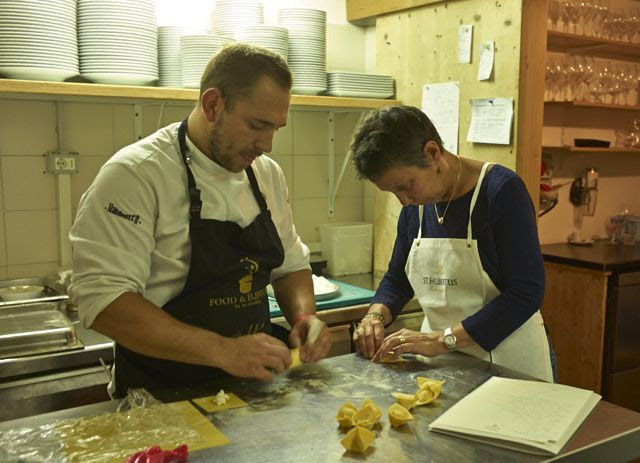
Bernard accompanied me into the kitchen, trembling all the while. I put on an apron. He refused. I cozied up to the counter. He backed away. I dug into the dough, he raised his camera to his face. But there was no hesitation when the finished product was dished into white bowls. “Mmmphh,” he said, his mouth working on a ravioli filled with burata and mushrooms.

Everyone’s invited to my house for pasta when we return!!













